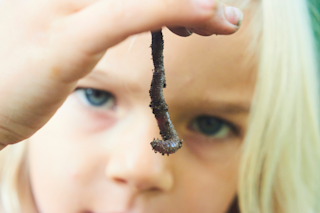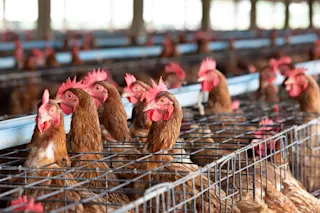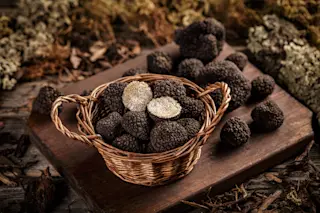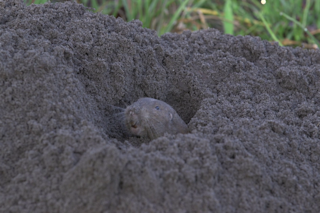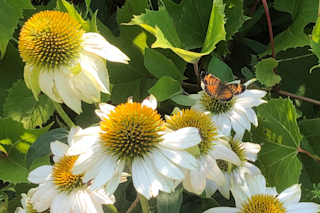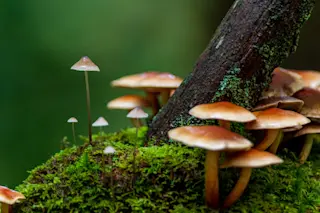In the five years since honeybees began vanishing due to a mysterious syndrome called colony collapse disorder, beekeepers worldwide have lost a staggering 45 billion bees each year. While some scientists scramble to find the culprit, others are taking advantage of the new attention to learn more about these remarkable insects. From interpretive dance to dueling sperm, the hive hosts a rich exhibit of complex social behavior.

A DOSE OF HOPS Scientists have hypothesized that parasites cause the erratic behavior associated with colony collapse disorder, in which bees abandon the queen. To help bees dodge infection, U.S. Department of Agriculture entomologists are turning to a brewer’s specialty: hops, which contain acids that combat parasitic mites.
SPERM WARS During several early flights a queen obtains enough sperm for her entire lifetime, mating midair with up to 30 drones (males) who jostle for her attention. Danish biologists recently found that drones’ seminal fluids continue the battle for supremacy inside the queen, killing off rival sperm while boosting survival of their own.
DEFY THE DANCE The famous honeybee dance is a figure-eight movement that communicates the whereabouts of pollen, water, and new housing. But occasionally bees inadvertently recommend areas infested with predators or rivals. Last year scientists learned that worker bees silence misinformed wagglers by climbing atop them and vibrating at a specific frequency.
NURTURE OVER NATURE Only a select few bee larvae become queens, which grow 25 percent larger and live 10 times as long as workers. The key to success is not in their genes but rather their diet of royal jelly, fortified with a protein called royalactin. In April Japanese biologist Masaki Kamakura reported that royalactin’s efficacy is not limited to bees: Fruit fly larvae fed the protein similarly outgrew and outlived their peers.



